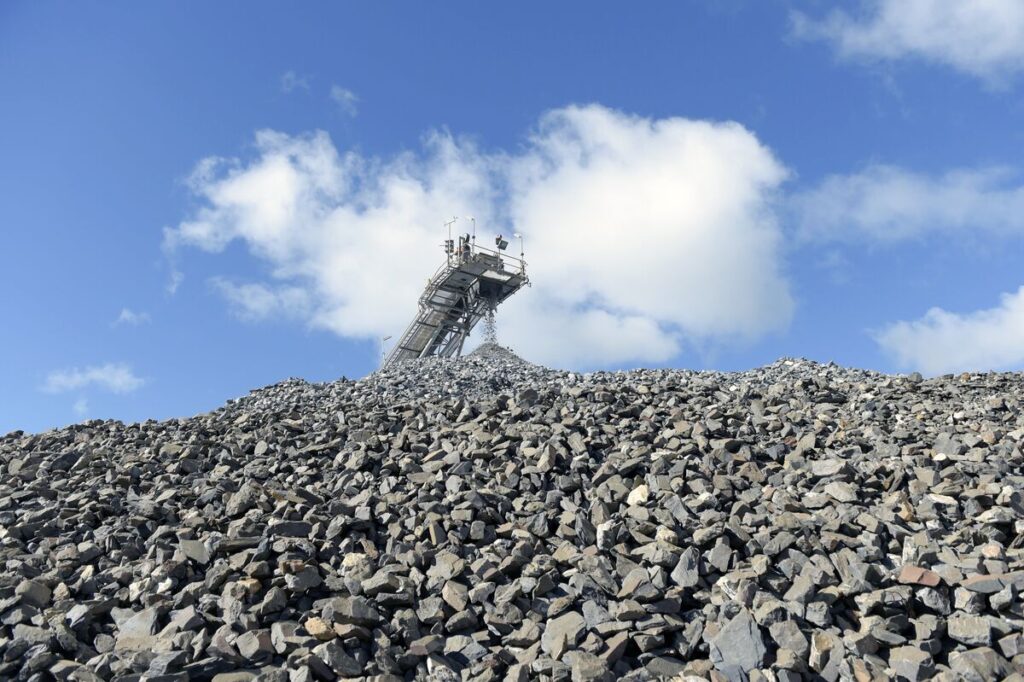
Australia’s Prime Minister Anthony Albanese is poised to position his country as a key player in countering China’s dominance in the rare earths market. In a high-stakes meeting with President Donald Trump set for 11 a.m. in Washington, Albanese aims to secure a strategic agreement with the United States to diversify the supply of critical minerals. This move comes amid growing global concerns over China’s tightening grip on these essential resources.
The meeting also serves as a platform for Albanese to reaffirm the US commitment to the Aukus pact, a trilateral security agreement that includes the provision of nuclear submarines to Australia. This dual agenda underscores the strategic importance of both military and economic collaborations between the two nations.
Australia’s Resource Riches
Australia is home to some of the world’s largest deposits of rare earth elements, which are crucial for the production of high-tech devices, renewable energy technologies, and military applications. These elements, such as neodymium and dysprosium, are vital components in everything from smartphones to electric vehicles and missile systems.
China currently dominates the global supply chain, accounting for approximately 80% of the world’s rare earth processing capacity. This monopoly has prompted countries like the US to seek alternative sources to mitigate potential supply disruptions.
Strategic Implications of the Meeting
The potential agreement between Australia and the US could significantly alter the dynamics of the global rare earths market. By leveraging Australia’s vast mineral resources, the US hopes to reduce its reliance on China, thus enhancing its economic and national security.
According to industry experts, such a partnership could also spur investment in Australia’s mining sector, leading to job creation and technological advancements. Dr. Sarah Thompson, a leading analyst in mineral economics, stated,
“Australia’s collaboration with the US could catalyze a new era of mining innovation, positioning both nations as leaders in sustainable resource extraction.”
Historical Context and Future Prospects
This development follows a historical pattern of resource-based alliances. During the Cold War, for instance, the US and its allies formed strategic partnerships to secure access to essential materials. The current geopolitical climate echoes this need for resource security, especially as technological advancements increase the demand for rare earths.
Looking forward, the agreement could pave the way for further collaborations in other critical sectors. As the world transitions to cleaner energy sources, the demand for rare earth elements is expected to surge, making such partnerships even more crucial.
Meanwhile, the Aukus pact remains a pivotal aspect of the US-Australia relationship. By securing assurances from the US, Australia aims to bolster its defense capabilities in the Indo-Pacific region, a strategic area of interest for both nations.
Conclusion and Next Steps
The outcome of the meeting between Albanese and Trump could have far-reaching implications for global trade and security. Should an agreement be reached, it would mark a significant step towards reducing global dependence on China for rare earths, while strengthening the US-Australia alliance.
As the world watches closely, the results of this diplomatic engagement will likely influence future negotiations and strategies in the realm of critical minerals. The international community awaits further announcements, which could redefine the landscape of global resource management.







